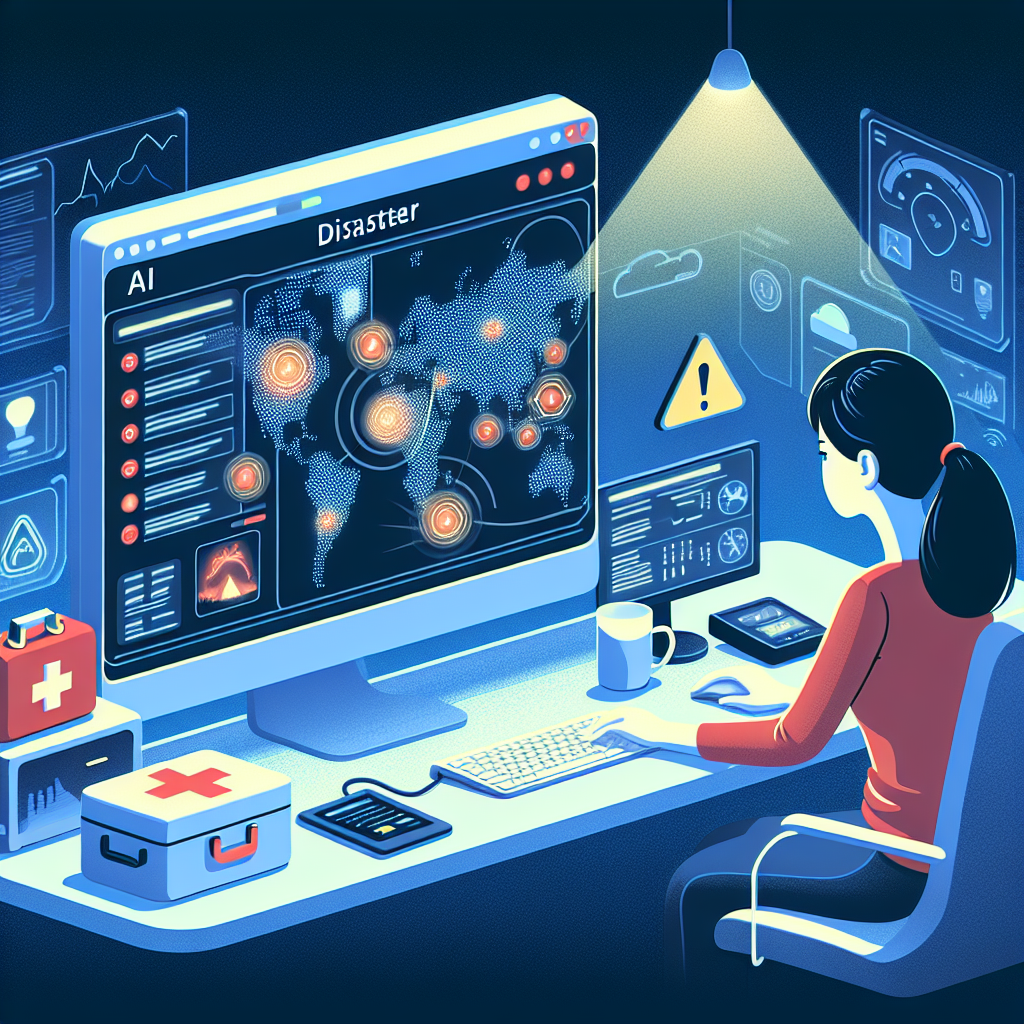In recent years, the world has faced an increasing number of natural disasters, from hurricanes and earthquakes to wildfires and tsunamis. These catastrophic events have highlighted the importance of disaster preparedness and the need for advanced technologies to help mitigate their impact. One such technology that has shown great promise in enhancing disaster preparedness is Artificial Intelligence (AI) software.
AI software refers to computer programs that are designed to simulate human intelligence and perform tasks that typically require human intelligence, such as problem-solving, decision-making, and pattern recognition. By leveraging machine learning algorithms and data analysis, AI software can analyze vast amounts of data in real-time, identify patterns and anomalies, and make predictions to help organizations better prepare for and respond to disasters.
One of the key ways in which AI software enhances disaster preparedness is through early warning systems. These systems use AI algorithms to analyze data from various sources, such as weather satellites, seismic sensors, and social media, to detect potential disasters before they occur. For example, AI software can analyze weather patterns to predict the likelihood of a hurricane forming or analyze seismic activity to predict the likelihood of an earthquake. By providing early warnings, AI software can help authorities and communities better prepare for disasters, evacuate residents, and allocate resources more effectively.
Another way in which AI software enhances disaster preparedness is through resource allocation. During a disaster, it is crucial to allocate resources such as food, water, medical supplies, and personnel to the areas that need them the most. AI software can help optimize resource allocation by analyzing real-time data on the disaster situation, such as the number of affected people, the severity of the damage, and the availability of resources. By using AI algorithms to make data-driven decisions, organizations can ensure that resources are distributed efficiently and effectively, saving lives and minimizing damage.
AI software can also improve disaster response by providing real-time situational awareness. During a disaster, it can be challenging for authorities to gather accurate and up-to-date information on the situation on the ground. AI software can help by analyzing data from various sources, such as satellite imagery, social media posts, and emergency calls, to provide real-time updates on the disaster situation. This information can help authorities make informed decisions on how to respond to the disaster, such as where to deploy rescue teams, which areas to evacuate, and how to coordinate emergency services.
In addition to enhancing disaster preparedness and response, AI software can also help with disaster recovery and rebuilding efforts. After a disaster has occurred, it is crucial to assess the damage, prioritize reconstruction efforts, and allocate resources for rebuilding. AI software can assist with these tasks by analyzing data on the extent of the damage, identifying areas that need urgent attention, and predicting the most effective strategies for recovery. By leveraging AI algorithms, organizations can streamline the recovery process, reduce costs, and expedite the rebuilding efforts.
Overall, AI software has the potential to revolutionize disaster preparedness and response by providing early warnings, optimizing resource allocation, providing real-time situational awareness, and assisting with recovery efforts. As natural disasters become more frequent and severe, the need for advanced technologies like AI software will only continue to grow. By harnessing the power of AI, organizations can better protect lives and property, minimize the impact of disasters, and build more resilient communities.
FAQs:
Q: How does AI software improve disaster preparedness?
A: AI software improves disaster preparedness by providing early warnings, optimizing resource allocation, providing real-time situational awareness, and assisting with recovery efforts.
Q: What data sources does AI software analyze to predict disasters?
A: AI software can analyze data from various sources, such as weather satellites, seismic sensors, social media, and emergency calls, to predict disasters.
Q: How can organizations leverage AI software for disaster response?
A: Organizations can leverage AI software for disaster response by using it to analyze real-time data, make data-driven decisions, and coordinate emergency services.
Q: How does AI software assist with disaster recovery efforts?
A: AI software assists with disaster recovery efforts by analyzing data on the extent of the damage, identifying areas that need urgent attention, and predicting the most effective strategies for recovery.

